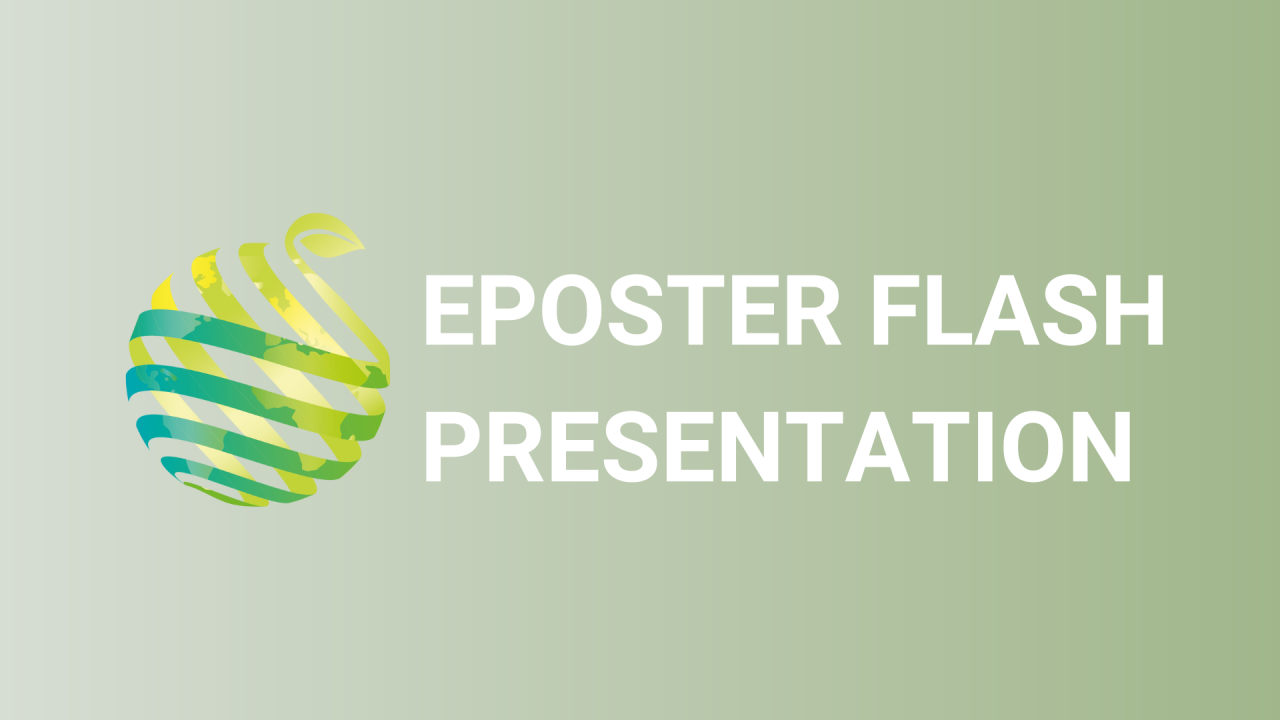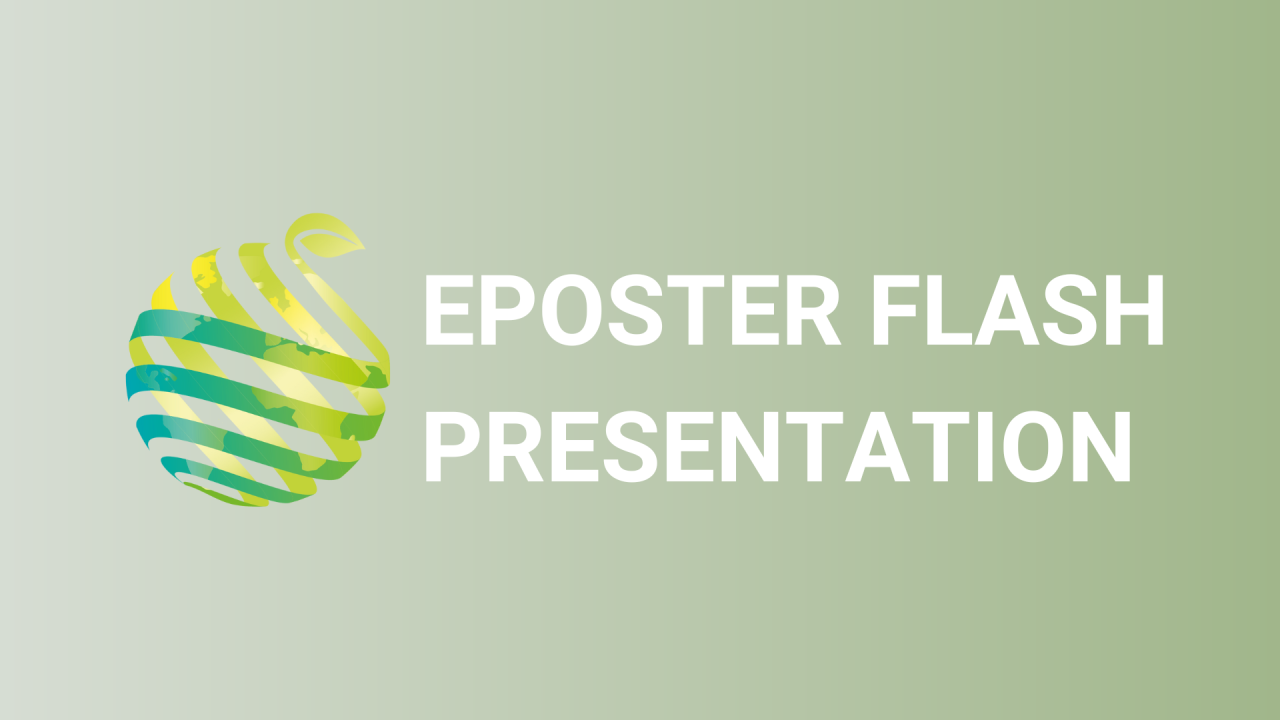

S13 - Session P2 - Lime and P fertiliser application to improve shallot bulb yield in extremely acid soil condition
Information
Authors: Gina Sopha *, Catur Hermanto, Huub Kerckhoffs, Julian Heyes, James Hanly
Shallots are important vegetable crops for Indonesian people because of their role as flavouring agents in many Indonesian foods and their important role in the economy of many Indonesian vegetable crops. The importance of shallot affects economic growth and lack of shallot supply led to a national inflation. Shallots grow in lowland and upland regions. About 50% of shallot production areas in West Java is in upland areas that commonly are acidic soils. Moreover, shallots are susceptible to low pH result low yields due to the adverse effect of acidic soil, essential nutrient deficiency (P) and toxicity of microelements (Al 3+ ). High Al 3+ is the most limiting factor in many acidic soils. Therefore, correcting the acidic toxicity is essential to support plant growth and achieve high bulb yields. The objective of the trial was to find out the effect of lime and P fertiliser application on properties of extremely acidic soil (soil pH 4.1, Al 3+ = 1.93 cmol (+) kg -1 , Bray1-P= 9.8 mg P kg -1 ) and shallot bulb yield. The trial was conducted from December 2019 to March 2020. An application of 4 t lime + 120 kg P ha -1 increased soil pH to 4.7 and reduced exchangeable Al 3+ to the low level ( < 0.5 cmol (+) kg -1 ) but improved Bray1-P to up to just below the 28 mg P kg -1 . The bulb yield in the Control (0L+0P) treatment was only 3.10 t ha -1 , and the application 4 t lime + 120 kg P ha -1 doubled the yield. However, yields in this trial were low ( < 7 t ha -1 ), and there was a relatively flat response to Bray1-P. It seems there were other factors that was potentially more limit the shallot growth. Based on field observation, water and incidence of pest and diseases might be the factors that limit the yields.